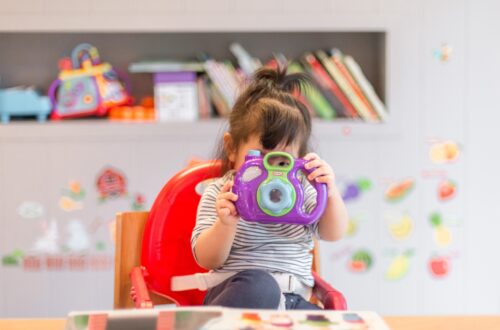
Exploring sensory play with your child
Sensory play is more than just fun; it’s a fundamental part of a child’s development. Engaging their senses through various activities helps them build essential skills like cognitive development, fine motor skills, language development, and social interaction. In this blog post, inspired by the practices of this day nursery in Kew, we’ll delve into the world of sensory play, exploring its benefits and providing some creative ideas for you to try with your child.

Understanding Sensory Play: Sensory play involves activities that stimulate the senses—sight, sound, touch, taste, and smell. These activities allow children to explore and learn about the world around them in a hands-on manner. Whether it’s squishing playdough between their fingers, listening to the sound of pouring water, or feeling the texture of sand, sensory play provides rich learning experiences.
Benefits of Sensory Play:
- Cognitive Development: Sensory play encourages problem-solving, decision-making, and critical thinking skills. As children manipulate materials, they learn about cause and effect, spatial relationships, and scientific concepts.
- Fine Motor Skills: Activities like pouring, scooping, and pinching help strengthen hand muscles and improve hand-eye coordination, which are essential for tasks like writing and self-care.
- Language Development: Sensory play provides opportunities for children to describe their experiences, learn new vocabulary, and engage in conversations with caregivers and peers.
- Social Interaction: Sensory play can be a collaborative activity, promoting cooperation, sharing, and turn-taking among children. It fosters empathy and communication skills as they interact with others.
- Regulation of Emotions: Engaging the senses can have a calming effect on children, helping them regulate their emotions and reduce stress and anxiety.
Creative Sensory Play Ideas:
- Sensory Bins: Fill a large container with materials like rice, beans, water beads, or shredded paper. Add scoops, cups, and other tools for scooping and pouring. Let your child explore the textures and experiment with mixing and pouring.
- Mess-Free Sensory Bags: Fill resealable plastic bags with hair gel, shaving cream, or coloured water. Seal the bags securely and tape them to a window or table for sensory exploration without the mess.
- Nature Walks: Take your child on a nature walk and encourage them to touch, smell, and listen to their surroundings. Collect items like leaves, rocks, and flowers to create a nature sensory bin at home.
- Scented Playdough: Make homemade playdough and add scents like lavender, cinnamon, or citrus. Encourage your child to knead and mould the dough while enjoying the sensory experience of different smells.
- Sensory Storytime: Choose books with engaging sensory elements like textures, flaps, or scratch-and-sniff patches. Read the story aloud and encourage your child to interact with the sensory features as you go along.
Sensory play is a valuable tool for promoting your child’s overall development. By providing opportunities for sensory exploration, you can help them learn, grow, and thrive. Whether it’s through structured activities or spontaneous play, make time to engage your child’s senses and watch as they delight in discovering the world around them.





